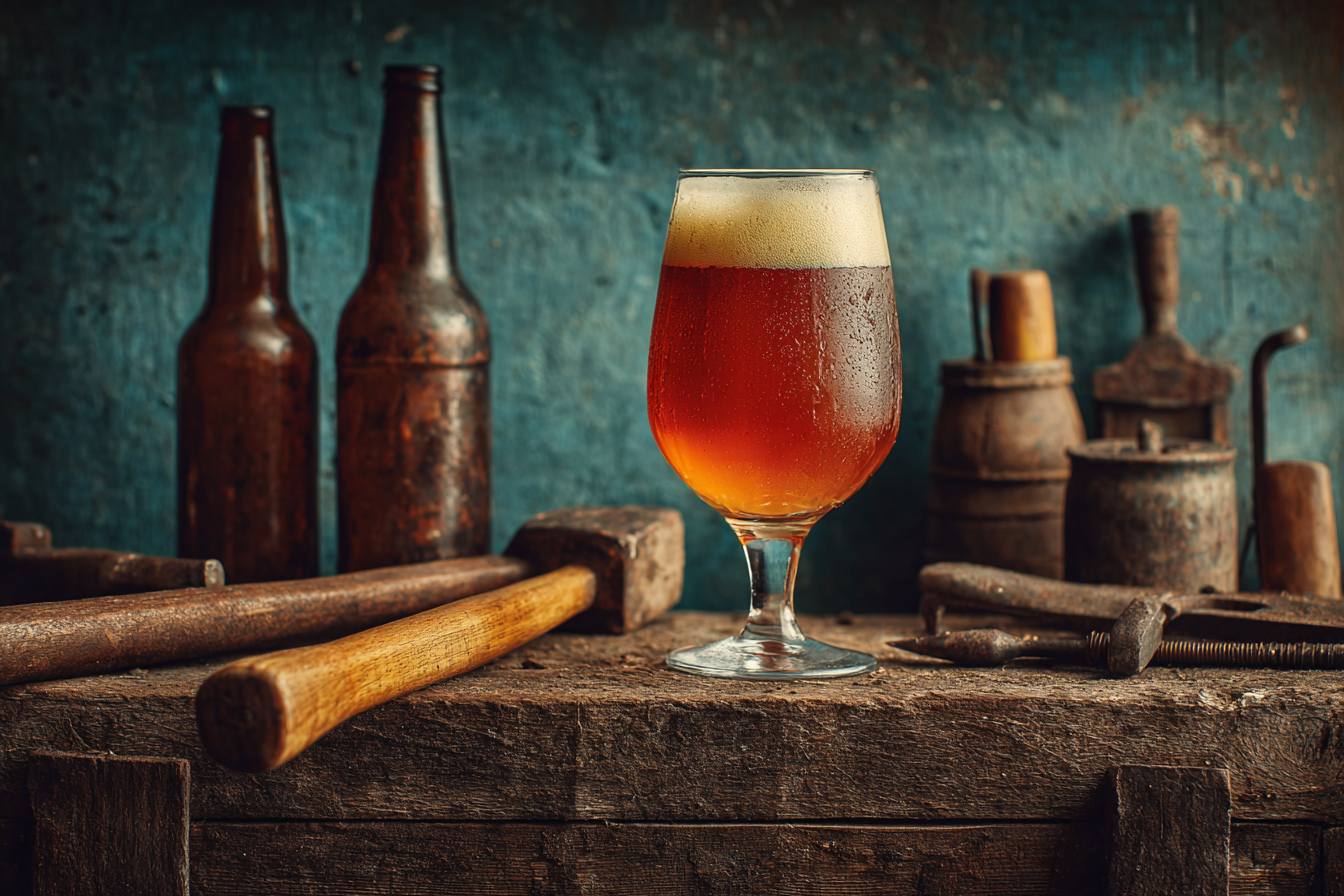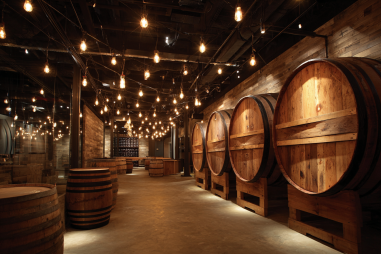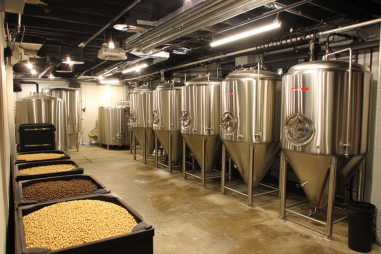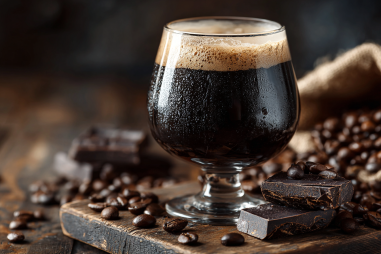Sour IPAs have carved out a distinctive niche in the craft beer world, bringing together the tangy, puckering qualities of sour beers with the bold, hop-forward character of India Pale Ales. This harmonious fusion offers beer enthusiasts a complex flavor profile that balances tartness and bitterness in exciting new ways. To truly appreciate the allure of Sour IPAs today, it helps to trace their fascinating history and understand the influences that shaped this vibrant style.
Early Sour Beers and IPA Origins
The roots of Sour IPAs stretch back to two beloved but very different beer traditions: sour beers and IPAs. Sour beers have a deep, storied history, especially in Europe. Iconic styles like Belgian Lambics and Flanders Reds showcase the art of wild fermentation and the use of native yeasts and bacteria, which produce their signature sour, funky, and sometimes fruity flavors. These beers often involve lengthy aging in wooden barrels, allowing natural microbes to create that tart complexity.
On the other hand, the India Pale Ale has its own rich heritage, dating back to 18th-century England. Originally brewed with extra hops to help preserve the beer during long voyages to India, IPAs became celebrated for their assertive bitterness and aromatic hop flavors. Over centuries, especially with the American craft beer revolution, hop-forward IPAs evolved into a wide variety of substyles, emphasizing vibrant citrus, pine, floral, and tropical fruit notes from innovative hop varieties.
While sour beers and IPAs thrived independently for many years, it wasn’t until the craft beer movement’s emphasis on experimentation took hold that brewers began to blend these two bold styles, giving rise to the Sour IPA.
The Emergence of Sour IPA as a Style
Sour IPAs didn’t appear overnight; instead, they emerged as part of a natural evolution within craft brewing circles, where brewers constantly push sensory boundaries. Early experiments involved blending sour beers with IPAs or introducing tarting microbes into hoppy ales. This encouraged the development of a style that embraced both the vibrant acidity of sour beers and the lively bitterness and aromatics of hops.
By the mid-2010s, Sour IPAs started to gain distinct recognition as a style, blending the puckering qualities more seamlessly with hop complexity rather than layering them separately. These beers might use lactobacillus or pediococcus bacteria during fermentation to achieve a controlled sourness while also incorporating large quantities of hops late in the brewing process or dry-hopped for aroma.
The style is flexible—ranging from mildly tart with subtle hop bitterness to aggressively sour with bold hop aromas—offering brewers a broad creative canvas.
Influential Breweries and Brewers
Several pioneering breweries played key roles in popularizing Sour IPAs and refining their character. Notable among them is The Bruery in California, known for bold barrel-aged and sour offerings, who began blending IPAs and sour beers, demonstrating how the two styles could harmonize. Another influential player is Russian River Brewing Company, whose experimental takes on hoppy sour beers showed how excellent balance could be achieved.
Smaller breweries on the West Coast, particularly in Oregon and Washington, also experimented early with sour hop-forward beers. Many craft brewers with a penchant for innovation drew inspiration from both Belgian sour traditions and American hop-forward ale culture, pushing the boundaries further.
These breweries not only refined sour IPA techniques but helped educate consumers on appreciating the style’s complexity and versatility through festivals, tastings, and social media presence.
Trends Driving Popularity in Recent Years
The rising popularity of Sour IPAs is closely tied to broader craft beer trends emphasizing diversity, flavor experimentation, and consumer curiosity about unique sensory experiences. Several factors contributed to their growth:
- Adventurous Palates: Modern craft drinkers seek beers that challenge traditional categories and offer complex, layered flavors.
- Increased Availability of Hops and Microbes: Advances in yeast and bacteria culture management, as well as new hop varieties, have enabled brewers to craft more consistent and innovative sour hop-forward beers.
- Social Media Influence: Enthusiasts sharing their positive experiences with sour IPAs heightened demand worldwide.
- Collaborations and Limited Releases: Breweries producing special batches increased interest and prestige around the style.
The blend of tartness and hopping appeals to drinkers who appreciate a refreshing yet complex brew—perfect for warm weather or a palate-pleasing adventure during any season.
Geographic Hotspots for Sour IPAs
While Sour IPAs have fans globally, certain regions have become hubs for the style’s development and innovation. The Pacific Northwest of the United States, especially Oregon, Washington, and Northern California, stands out as a key hotspot. This area’s deep craft brewing culture, abundant fresh hop production, and well-established sour beer traditions make it ideal for sour IPA experimentation.
Other notable regions include:
- Belgium and parts of Western Europe: Where traditional sour beer roots help inspire new blends with modern hopping techniques.
- Australia: Emerging craft scenes there have embraced sour IPAs, combining local ingredients with international sour yeast strains.
- East Coast USA: Increasingly lively craft communities produce their own takes on sour hops, often focusing on varied malt profiles.
Global access to different yeast and bacteria cultures continues to spread the style’s influence beyond these core regions, inspiring new creations around the world.
Impact on Craft Beer Culture
The rise of Sour IPAs has significant implications for craft beer culture. It exemplifies the spirit of innovation and boundary-pushing that defines the craft beer movement. By merging two distinct beer traditions, brewers have sparked broader interest in sour beers among audiences who might otherwise shy away from intensely tart styles.
Moreover, Sour IPAs encourage consumers to explore fermentations and hop profiles more deeply. They serve as an entry point into the world of mixed fermentations, wild yeasts, and bacteria in brewing—techniques often associated with avant-garde, small-batch productions.
This style’s popularity also highlights the collaborative ethos within craft brewing, with brewers sharing knowledge about microbiology and hopping techniques to perfect balance and clarity amid complexity.
Future Outlook for the Style
Looking forward, the future for Sour IPAs appears promising and dynamic. As brewing science advances, allowing for even better control over fermentation and hop infusion, we can expect:
- More nuanced balance between sourness and hop bitterness
- Innovative hybrid styles that incorporate fruit additions, new hop varieties, or barrel-aging techniques
- Enhanced clarity and drinkability, making sour IPAs accessible to a wider audience
- Global expansion with regional twists influenced by local ingredients and microbial strains
With increasing consumer enthusiasm for both sour and IPA styles, brewers will continue pushing creative limits, cementing Sour IPAs as a significant and enduring category in the craft beer landscape.
Tracing the Legacy and Heritage
Understanding the history of Sour IPAs reveals more than just the evolution of a brewing style; it uncovers a testament to creativity that bridges centuries of brewing tradition. From the ancient wild fermentations of European sour beers to the robust hop-forward IPAs born of colonial trade routes, the Sour IPA stands as a symbol of craft beer’s adaptive nature.
This style celebrates complexity, balance, and the joy of experimentation. As drinkers raise their glasses to these vibrant, tart, and hoppy brews, they participate in a living heritage—a community bound by curiosity, craftsmanship, and the bold flavors that define modern craft beer.







